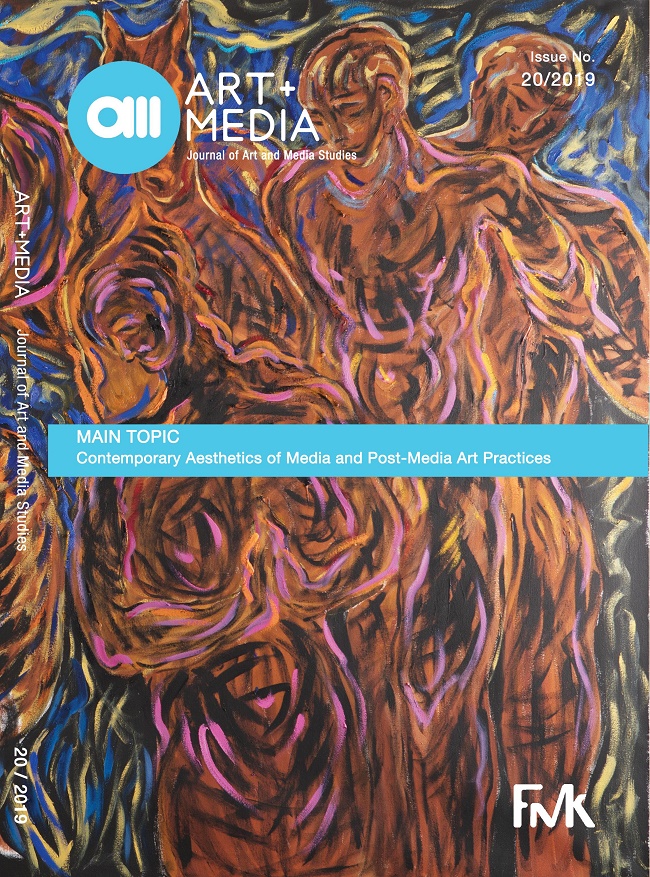Aesthetics of Art and Life Sciences: Collaborations and Resistance
Aesthetics of Art and Life Sciences: Collaborations and Resistance
Author(s): Polona TratnikSubject(s): Social Sciences, Fine Arts / Performing Arts, Aesthetics
Published by: Fakultet za medije i komunikacije - Univerzitet Singidunum
Keywords: bio art; art and science; life sciences; avant-gardes; contemporary art.
Summary/Abstract: In this paper, the author pays attention to the actual phenomenon of art and life science collaborative projects. She discusses the orientation of this project towards the world. In the course of modernity, the fields of art and science have been established as relatively autonomous fields with canonized methods and objectives. The author will compare scientific and artistic activities and address the question of their objectives. If art and science strive for different objectives, are these art and science projects about harmonizing them, or what is the objective that art follows and perhaps differs much from science? The author emphasizes a certain role of art, which art inherited from Romanticism. Comprehension of art as an avant-garde was extremely important for 19th-century art, particularly in France, where artists considered themselves the avant-garde of the society and also used militant rhetoric. Mallarmé, for instance, said that the modern poet is “at strike against the society”. This romantic attitude of the artists that position themselves rebelliously against the norms and cannons of the majority of population, insisted in the art throughout modernism and expressed particularly strongly in the historical avant-gardes. The author claims that exactly this heritage is crucial for the art that enters the field of science and is engaged with its socially-relevant aspects. The contemporary art projects entering the field of life sciences inherit the tradition of the avant-garde. The modes of collaborations and resistance will be addressed in the paper. Particular relevance will be given to the orientation of art towards the future. That is the comprehension of art as a political agent.
Journal: AM Časopis za studije umetnosti i medija
- Issue Year: 2019
- Issue No: 20
- Page Range: 11-16
- Page Count: 6
- Language: English

